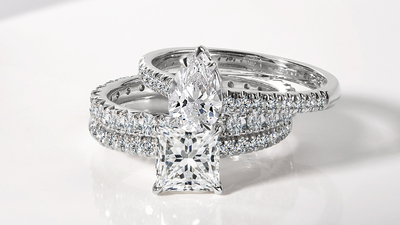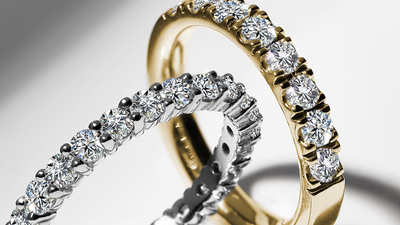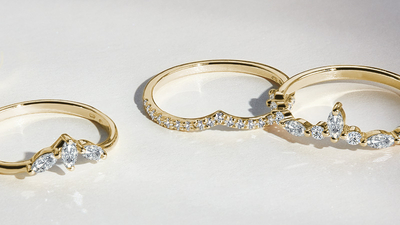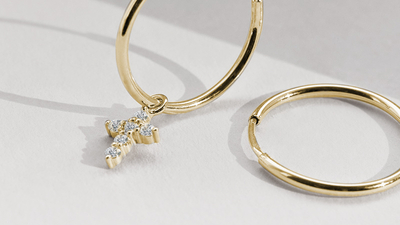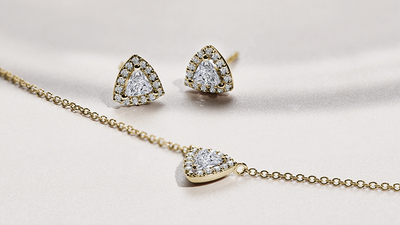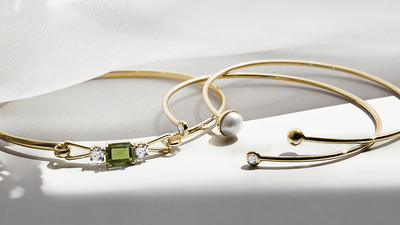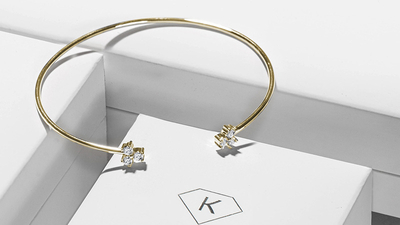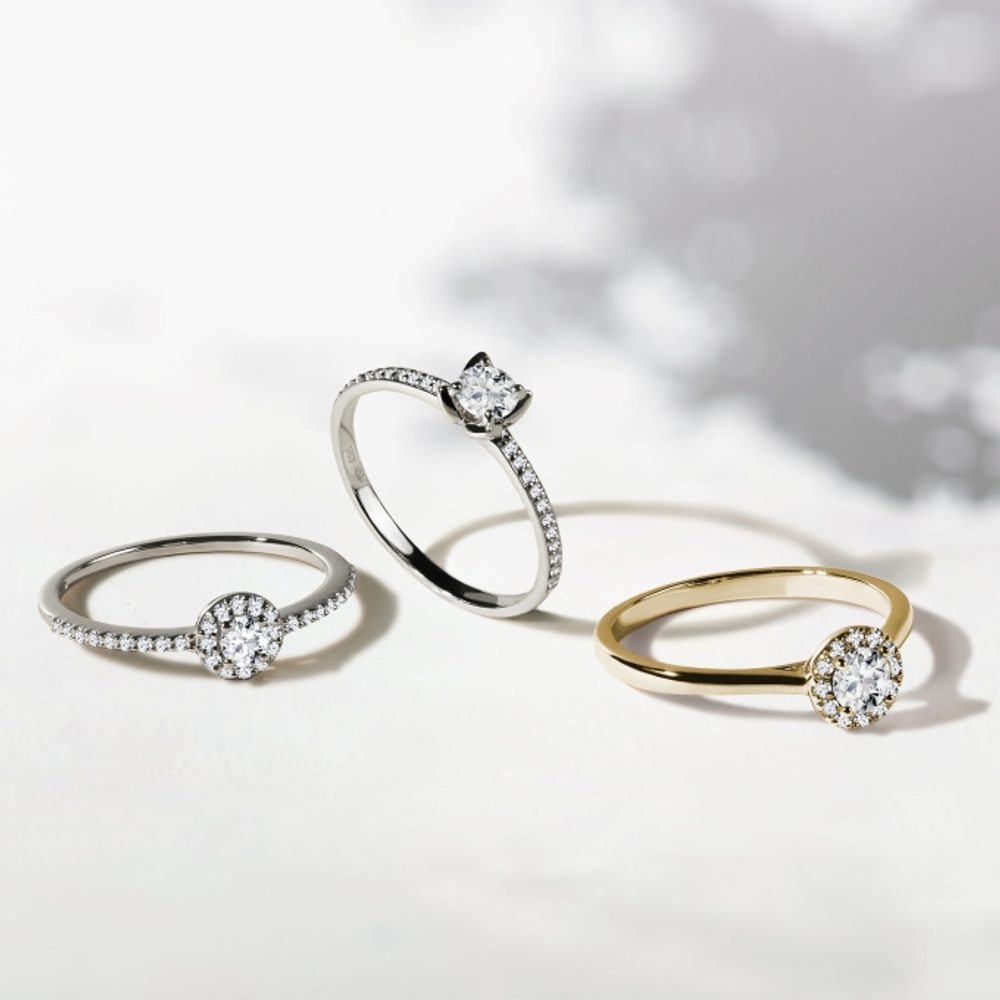Colour is one of the main parameters that determine the quality and therefore the price of a diamond and this is true even if the diamond is labelled as colourless. This is because most diamonds do have some colour in them. It may be invisible to the naked eye, yet it has a significant impact on the value of the diamond. And if the colour is more pronounced it also affects the overall appearance of the jewellery.
A completely colourless diamond is rare
Diamonds stand out among minerals for many reasons. That they are the hardest substance on earth is a fairly well-known fact. What is less well known is that they are the only mineral that occurs naturally in perhaps every colour. The most famous diamonds are ones which are called clear or colourless and these are also the ones which are found most commonly. However, even these tend to have a degree of colour in them and as you might have guessed already, the value of a diamond decreases with the rising intensity of its colour.
Colourless (D, E, F)
As we move further along the scale, the yellow colour in the diamond increases and the value of the gems gradually decreases. Grades G, H, I, J are considered a happy medium.
To determine the colour of a diamond, we use a helpful scale that ranges from the letters D-Z. The highest rating is for diamonds that are completely clear and colourless. These are rated D on the scale. The next two grades, E and F, are still rated excellent. It is almost impossible to tell the difference between these grades with the naked eye.

Near colourless (G, H, I, J)
The colour in them is very faint and the diamonds still appear colourless when they are not directly compared to a higher quality diamond. When set into a piece of jewellery, the colour on a G grade diamond is not visible at all. Stones graded I-J are a bit cheaper but still look great and they are therefore a good compromise between quality and price.
With a touch of yellow (K, L, M)
Jewellers usually work with stones up to grades M-N and diamonds of a lower quality are very rarely used in jewellery. Diamonds which are rated Z have a distinctly yellow tinge to them and are the cheapest in price. If the yellow colour is even more pronounced than a grade of Z, the stone is then put into the category of fancy diamonds which are even rarer than the colourless ones. Colourimeters and various standards help to determine the correct grade of these fancy diamonds and another option is to compare the diamonds to colour-graded zircons.
The extent to which the colour of diamonds is visible also depends on the size of the stone and this is because it is more evident in larger diamonds. The colour of the metal that the diamond is set into also plays a role as yellow and red gold can neutralise the yellowish hue in the diamond to some extent.
Diamonds in KLENOTA jewellery
In the KLENOTA jewellery studio, we normally set diamonds with a grade of G into jewellery. These look completely colourless and have a very low colour intensity of yellow or brown in them, which can be detected only by the trained eye of a gemologist or in special optical conditions. What’s more, factors other than colour also influence the price of a diamond. The overall assessment is also based on clarity, cut, size and other indicators. For diamond jewellery, we always state these main parameters on each product in our range.
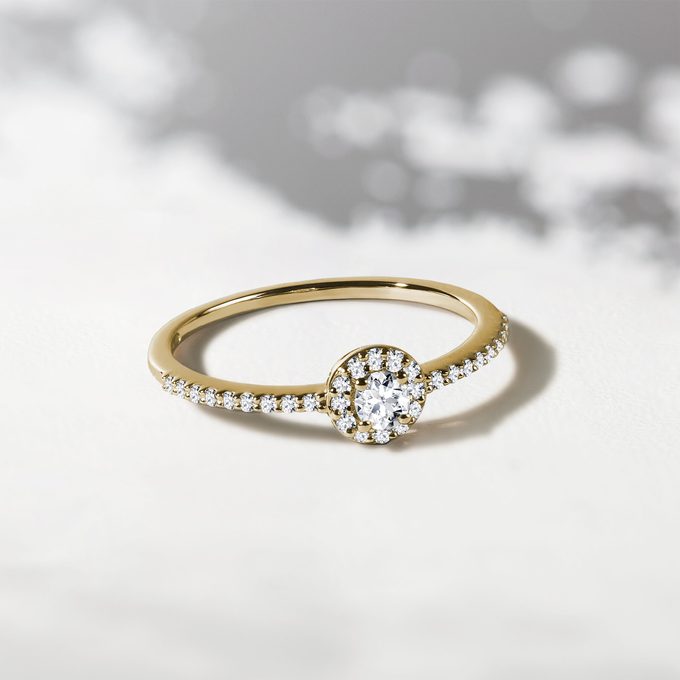
 Great Britain
Great Britain
